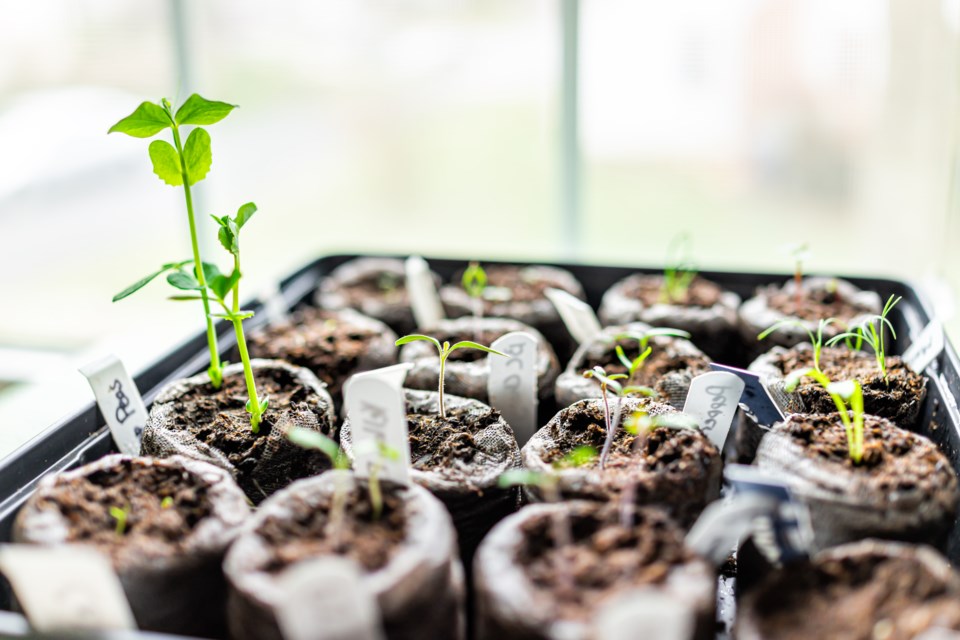We’re now into Spring, which means everyone first-time gardeners and seasoned horticulturists alike are getting ready for an exciting growing season.
Many of us love the idea of gardening, but have little space to work with for ourselves. Whether you’re in a 15-story condo or have a few square feet of yard, how do you cultivate a thriving garden with such little room to work with?
Mark Cullen is one of Canada’s premier gardening experts and the chair of the non-profit organization Trees for Life, dedicated to maximizing the urban tree canopy in Canadian cities.
Cullen said you first need to ask yourself how much sun you have access to.
“The number one thing with edibles, and this goes for herbs as well as vegetables and fruits, is sun. You have to have a minimum of six hours of sunshine to grow basically anything that you eat,” Cullen said.

“You can grow anything that’s not edible or that doesn't feature a real colourful flower if you don’t have sun to work with,” said Cullen. “Most flowering plants do not favour the shade, but there are some notable exceptions like tuberous begonias, coleus, and others.”
The second question you should ask yourself, according to Cullen, is what exactly you want to grow.
“You’re really looking at small vegetables and herbs that grow well in compact spaces,” said Cullen. “Avoid, for instance, the pumpkins, the gourds, and all vining plants like cucumbers.”
For other plants, like small shrubs, Cullen said the most important things to consider are their growth habits and their heartiness to survive Canadian climates.
“You’d want to suggest something that’s winter hardy and that’s going to come back every year,” Cullen said. “You need something that has woody stems like a tree but doesn’t have the growth habit of a tree.”
Cullen said a common mistake beginner small-space gardeners make is not doing enough research on their specific area and climate.
“The growing season on the Prairies for example, is very different from Southern Ontario,” Cullen said. “You should look into what plants do well in your area, or learn from others.”
Cullen also said many first-time gardeners do not pay as much attention to the soil and the under-the-earth performance of their plants, something which Cullen said is especially important for small-spaces.
“The best advice I could give a beginning gardener is to invest 90 per cent in the soil and 10 per cent in the plant,” Cullen said. “Humans being human, we tend to concentrate on the performance of the plant above the soil, because that's what we see. But what's really much more important is the performance of that root zone.”
Mallen Chaput is a longtime gardener from Espanola, Ont. Her advice for small-space gardeners? Always have a budget and a plan to maximize your space.
“You need to make sure you budget for your preference of flowers/plants,” Chaput said. “Gardening can get expensive quickly, and the design of your space is a big factor to consider in small spaces.”
“Do your research, and be very careful with your choices of plants,” Chaput said. “Some grow too big, too fast and could be aggressive in the nature you’re trying to set up.”
Chaput recommends using containers and taking advantage of any vertical space you might have.
“Keep it simple. Utilize vertical space with trellises and choose tall, slim plants,” Chaput said. “For people with balconies and patios, try container gardens and experiment with what works for you.”
Chaput also stressed that, regardless of what you’re growing, it’s important to respect nature.
“I avoid using chemicals,” Chaput said. “Work with nature and try to do things without pesticides or chemical fertilizers.”




